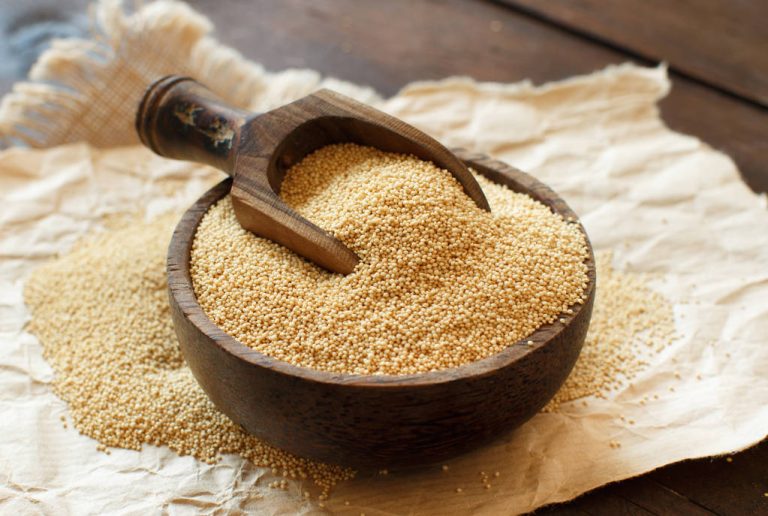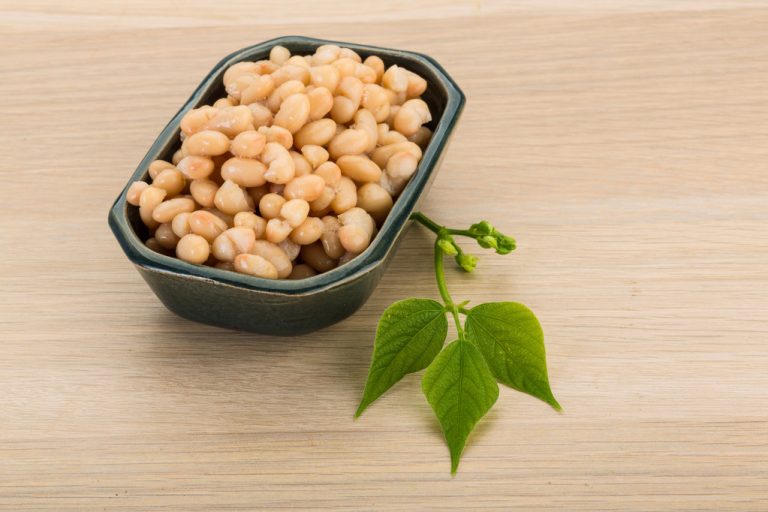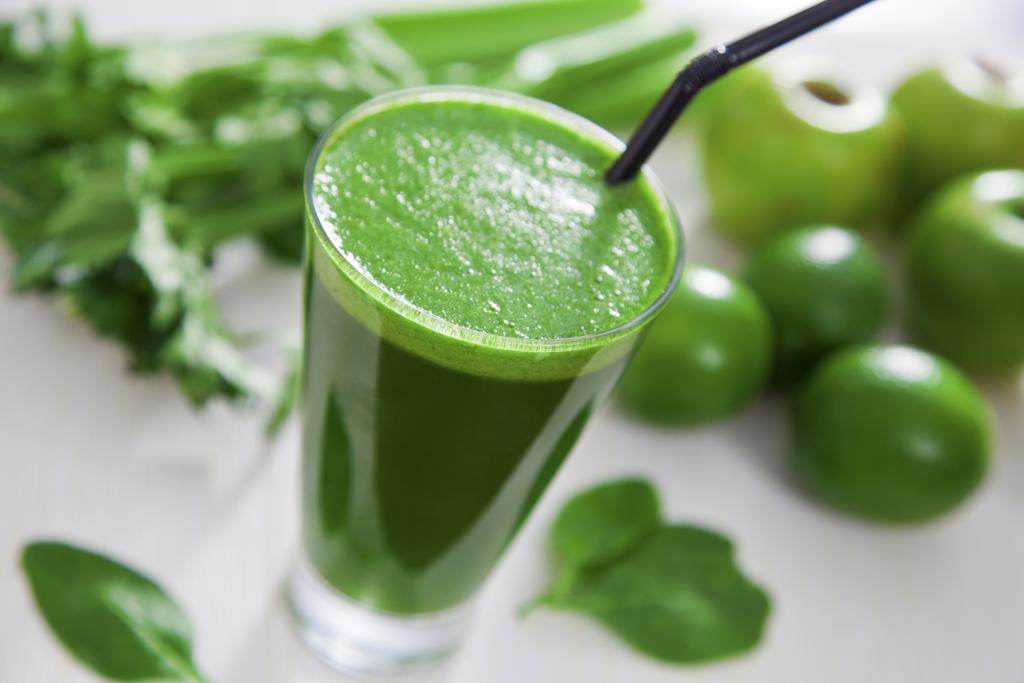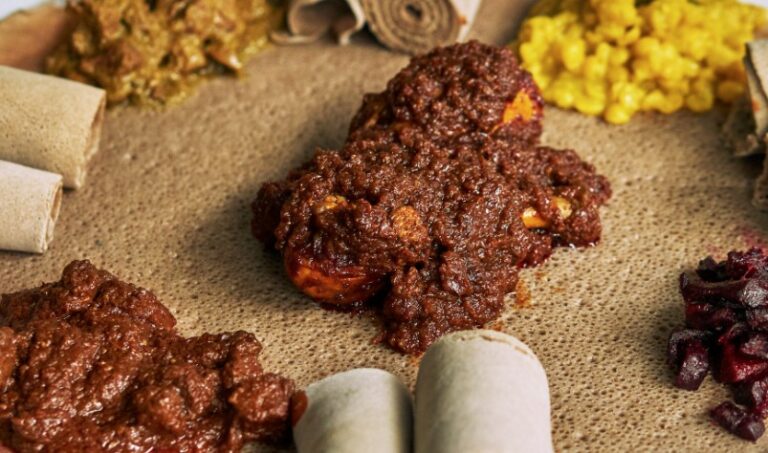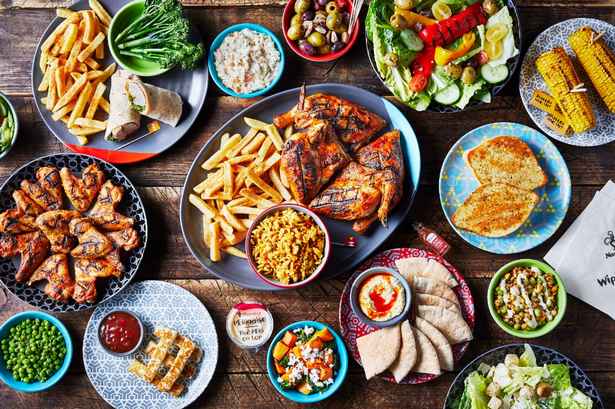Like quinoa, amaranth, also spelled “amaranth”, is a pseudocereal. The very small seeds of the amaranth plant have been considered an important food item in the Andean region of South America for thousands of years.
Even the Incas knew about the valuable ingredients of the plant, and the Aztecs supposedly even revered them as sacred in their rituals. After the conquistador Hernando Cortéz banned the cultivation of the pseudo-grain, the plant was pushed into the background as a staple food and fell into oblivion. Today it is celebrating its comeback not only in the traditional regions of use, but also in Europe.
So what’s the deal with the little seeds? Here are seven things you should know about amaranth.

1. What actually is amaranth?
The name amaranth derives from the ancient Greek word amaranthus, which means “immortal” or “not withering”. The pseudocereal belongs to the foxtail family and is also called “foxtail” in German. This makes it clear why amaranth is only a pseudo grain: “Real” types of grain are among the sweet grasses.
With over 70 species, the foxtail is widespread on all continents with the exception of Antarctica. It was used as a staple food mainly in rather warm regions with a lot of sunshine, where the plant thrives particularly well.
The herbaceous, mostly annual plants grow up to two meters high and are very undemanding. A single plant forms up to 70,000 seeds about one millimeter in diameter, which remain germinable in the soil for several years. In Central Europe, the native species are therefore considered weeds because of their rapid spread.
2. Ingredients and Nutritional Values of Amaranth
When it comes to nutritional values and ingredients, amaranth can score big plus points. It is gluten-free, rich in protein, fat and minerals. The protein content is almost as high as in meat, which is why the foxtail is a valuable source of protein for vegetarian or vegan diets. 100 grams of seeds contain around 15 grams of protein and around 10 grams of fat.
In terms of minerals, amaranth mainly provides phosphorus, potassium, magnesium and calcium, as well as zinc, copper and manganese. Also noteworthy is the relatively high iron content for a plant. The small grains are also a real source of energy: with 50 to 65 percent carbohydrates and an average of 370 kcal per 100 g, amaranth provides enough energy even for strenuous physical activity. This is one of the reasons why it was valued as a staple food by the Andean peoples of the pre-Columbian era – but amaranth is unsuitable for a low-carb diet.
3. Is amaranth healthy?
Looking at the list of ingredients, one inevitably comes to the conclusion that amaranth is a healthy plant. In fact, the essential amino acids lysine and methionine contained in the foxtail are important building blocks of the human body. And the fats also consist largely of unsaturated fatty acids such as linoleic acid. In addition, the strength of the amaranth seeds is considered to be particularly easy to digest. Together with the high mineral content, the pseudo-cereal performs better than quinoa or chia seeds. For athletes it is a good alternative to conventional sports nutrition. Various studies have also attested that the seeds from the Andes have a positive effect on cholesterol levels and the immune system. A clinical study on the treatment of early stages of Alzheimer’s with an amaranth preparation will run until the summer of 2019.
However, there is a negative health aspect: the grains contain saponins and a relatively large amount of phytic acid, a so-called “anti-nutrient” that prevents the absorption of nutrients in the intestine. However, a healthy adult can easily handle both components. Caution is advised in people with previous damage to the gastrointestinal tract or children under the age of two whose intestinal flora is not sufficiently stable. To be on the safe side, these groups of people should not consume amaranth (not even as a porridge or similar).
4. Amaranth as a food
Preparation by cooking
In Central and South America, India and other Asian countries, amaranth has always been considered an important food and is eaten in various forms. The very small seeds (1200 pieces weigh only about 1 gram), the leaves and the young shoots are edible. The stem and root can also be eaten, but are very woody. While the seeds of the foxtail are more commonly used in warmer regions, the leaves and shoots were primarily enjoyed in Europe (beginning in the Stone Age).
The preparation of amaranth seeds is similar to that of buckwheat or millet: the grains are placed in a pot with twice or three times the amount of water, boiled and then simmered on a very low flame for about half an hour until they swell. The swelling also reduces the proportion of phytic acid. Cooked amaranth can either be used on its own as a side dish or processed into patties, vegan meatballs or similar. The leaves and sprouts are cooked like spinach or Swiss chard, or eaten raw in salads when they are young and tender.
Puffed amaranth: delicious pops for muesli and co.
The amaranth seeds can also be puffed or popped. To do this, heat a pan with a lid. The seeds go into the hot pan without adding fat. Then immediately remove the pan from the hot stovetop and stir or shake the pan frequently to allow the amaranth seeds to “pop”. The amaranth popcorn tastes nutty and is a delicious snack on its own. Amaranth pops are also very good in mueslis, casseroles, pastries or fruit salads. Together with honey and nuts, the puffed amaranth becomes a candy known as “alegria”.
Other types of preparation
Instead of being boiled or puffed, the amaranth can also be ground into flour and replace up to a third of the grain flour in baking. If the proportion is higher, the dough will not rise sufficiently due to the lack of gluten. Since the unsaturated fatty acids oxidize quickly, the amaranth flour should always be freshly ground and processed immediately, for example to make amaranth bread. Or they are made into sweet muffins with berries.
And amaranth has another “classic” purpose: Because it can absorb large amounts of water, seeds and flour are perfect for binding gluten-free sauces.
5. Amaranth Oil – Oil for beauty
The oil from the seeds of the foxtail is better known under the English name Amaranth Oil. Except in Central and South America and Southeast Asia, amaranth oil is the most common use of the high-fat seeds. Since the pure oil oxidizes quickly and loses its positive properties, it is rarely used as an edible oil. The cosmetics industry, the pharmaceutical industry, manufacturers of food supplements and perfume producers use the high proportion of unsaturated fatty acids to enhance the products. There are three different methods for extraction:
Cold pressing: For this, the seeds are germinated and then pressed with a special oil press, similar to olives.
Supercritical fluid extraction with CO2: Here, the fatty acids are dissolved from the amaranth seed through chemical reactions. While this process is cheaper and more efficient than the others, the quality of the amaranth oil obtained is significantly poorer.
Extraction: Amaranth seeds or seedlings are finely ground, mixed with other cooking oil and filtered in a special device. The valuable components of the pseudo-grain are thus incorporated into the carrier oil, resulting in a mixed product that is significantly cheaper and oxidizes more slowly. There are similar processes, for example, for mixed oils made from pumpkin seeds.
Only cold-pressed amaranth oil is used for high-quality products, but this is also relatively expensive due to the cost-intensive extraction. The mixed oil from the extraction is mainly used as cooking oil for salads etc.
6. Where can I buy amaranth?
Amaranth seeds have been available in health food stores for a number of years, and organic supermarkets, drugstores and normal supermarkets have now followed suit. The pseudo-grain is also available in various specialized online shops. Whole, untreated seeds or puffed kernels are available. It can also be found as a component of muesli, meat substitutes or sweet snack bars. Amaranth oil is available in some health food stores, Asia shops and in organic online shops.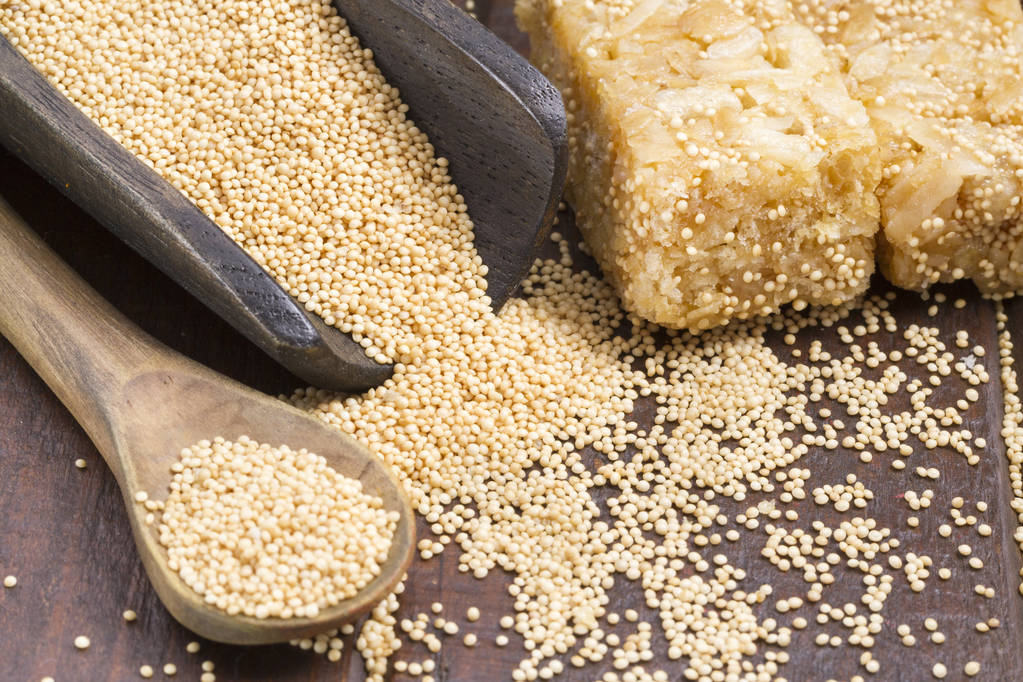
7. Sustainability: big question mark with amaranth
The amaranth available in German-speaking countries and all products made from it come primarily from the Andes region of Central and South America. This poses some problems from a sustainability point of view. Firstly, the very long transport route, which increases the ecological footprint. Secondly, the fact that organic farming controls in the countries of origin do not always meet European standards. And thirdly, through the cultivation for export, sometimes urgently needed food for the people in the cultivation regions is lost. An alternative would be a cultivation of foxtail in Central or Southern Europe, as the undemanding plant would also thrive here.

